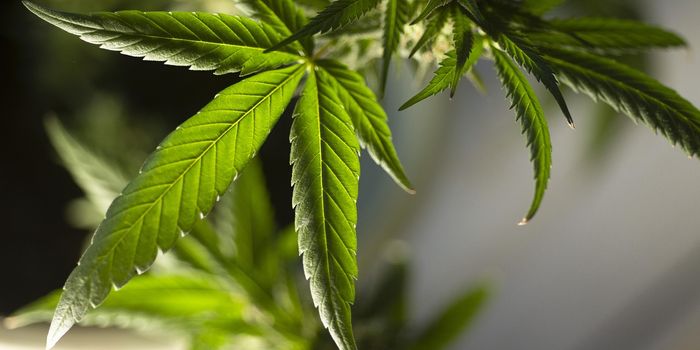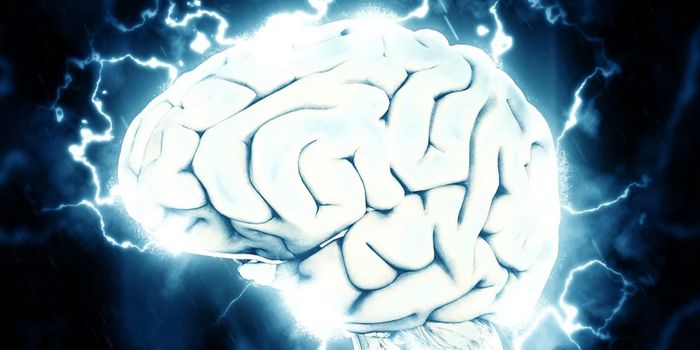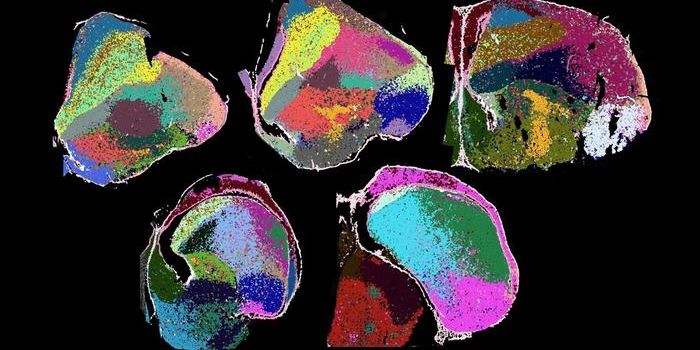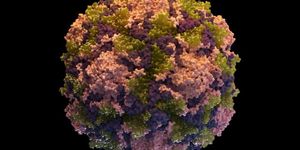Physiotherapy Technique Significantly Improves Chronic Back Pain
Sensorimotor retraining significantly improves pain intensity in chronic low back pain. The corresponding study was published in JAMA.
"People with back pain are often told their back is vulnerable and needs protecting," said Professor James McAuley, Professor of Health Sciences at the University of New South Wales, "This changes how we filter and interpret information from our back and how we move our back.
"Over time, the back becomes less fit, and the way the back and brain communicate is disrupted in ways that seem to reinforce the notion that the back is vulnerable and needs protecting. The treatment we devised aims to break this self-sustaining cycle," he added.
The treatment investigated in the study included education modules and methods alongside physiotherapy-based sensorimotor retraining. The researchers noted that the intervention has three aims, including aligning patient understanding of the causes of chronic back pain with the latest research, normalizing how the brain and back communicate, and retraining the body and brain to a 'normal protection setting' so patients may resume usual activities.
For the study, the researchers recruited 276 participants who had chronic low back pain for over three months. The participants were split on a 1:1 basis into an intervention and control group. Those in the intervention group underwent 12 weekly clinical sessions and home training to learn about movement and physical activity while experiencing lower back pain.
Those in the control group also participated in 12 weekly clinical sessions and home training- but these did not emphasize education, movement, and physical activity. They additionally underwent sham treatments, including shortwaves diathermy applied on the back and sham noninvasive brain stimulation.
The researchers compared pain intensity at baseline to an 18-week follow-up. They found that whereas pain intensity at baseline was 5.6 for the intervention group, at 18 weeks, it became 3.1. Meanwhile, pain in the control group was 5.8 at baseline and 4.0 at 18 weeks.
The researchers noted that while the improvements in pain intensity were significant, they were small. They also wrote that further research is needed to understand how the approach works across different settings and populations, and how it affects different pain sites.
Sources: Technology Networks, JAMA









